
Five Beauty Brand Founders’ Takes On Why The Fenty 40 Shouldn’t Be The Shade Inclusivity Gold Standard
When Rihanna launched Fenty Beauty last year, she set the bar for complexion shade ranges by offering 40 colors of Pro Filt’r Soft Matte Longwear Foundation right off the bat. Consumers and editors alike lauded the pop star for her commitment to inclusivity, and Time magazine recently named Fenty Beauty one of 2018’s most genius companies. In what many call the Fenty Effect, Rihanna’s standard for makeup inclusivity spurred competitors to expand shade collections. Even companies like MAC, which has long had a wide array of colors, upped its game and is now selling 60 shades. In the cosmetics segment, the rush to add shades seemed to solidify shade amplification as the answer to the diversity of the consumer population. Is it really the answer? Not everyone is convinced. Beauty Independent spoke with five founders who maintain brands can be inclusive without selling 40, 50 or 60 hues.
Brand: Hue Noir
Product: True Hues Flawless Finish Foundation ($20)
Number of shades: 25
Founder: Paula Hayes
A lot of companies are working to expand their palettes to try and deliver what women of color have been searching for. While it’s great to see that the intent is now there, the rush to get to market is sacrificing the time it takes not only to develop additional shades, but also to provide the level of variation that the diversity of multicultural women demands. Companies are rushing to launch expanded shade offerings and often times miss the mark, frustrating consumers when they still cannot find a foundation that matches their skin tone. When brands make a promise to consumers that they cannot fulfill, they run the risk of losing customers and receiving backlash.
I think developing truly inclusive cosmetics is challenging for all of us, but we’ve made some significant inroads to the complexity around the issues. Companies embarking on efforts here should consider making a stronger commitment to the research and development behind the process or even bringing in experts along the way who can help with shade development. Because of the sheer diversity in multicultural women’s coloring, formulas need to be finessed for each hue on the spectrum. Inclusivity doesn’t always mean more, but it does mean committing to do it right.
Color chemistry in cosmetics is always difficult, but it becomes even more complex when considering deeper shades. It takes time and patience to get those shades on target. If a company has always developed colors with fair skin in mind, there will be a learning curve to understanding how formulas and hues will come through when applied to darker complexions. It’s difficult, but not impossible. It just requires extra time and attention to the chemistry.

Brand: RMS Beauty
Product: “Un” Cover-Up ($36)
Number of shades: 16
Founder: Rose-Marie Swift
I think inclusivity is fantastic, but one needs to understand the different wants and needs for various skin tones. I find the darkest skin tones have the most gorgeous skin, so many do not want to have foundations that look like foundations on their skin. Foundation is best when consideration is taken for the health of the skin, coverage, and for foundation to be a second skin not a second coverage. Foundations are mostly created to cover. That concept can get messy. I believe in foundations first looking like and mimicking skin and, second, being able to be buildable only in areas where extra coverage is needed. Why have a heavy foundation in areas where not needed? Less is more. The art of touching up only in areas where extra coverage is needed is far more desirable.
We just launched eight new shades of our “Un” Cover-Up. I prefer mineral color, which tends to be more forgiving on the skin rather than synthetic color, which tends to appear exactly that, synthetic. I have chosen the colors based on simplicity and mixtures. I do not use water in my products, so they are extremely concentrated, and I follow the concept of artists’ color pots, which can be mixed very easily, making color-matching easier. I also added the .5 series of the bestsellers to accommodate more neutral tones. As my brand grows, colors ranges will also grow…I own and finance the brand myself, so we formulate products step by step and not by mass.
In all honesty, I believe it is impossible to have complete inclusivity, but it is fabulous to see that [more] inclusivity is happening on a broader spectrum.
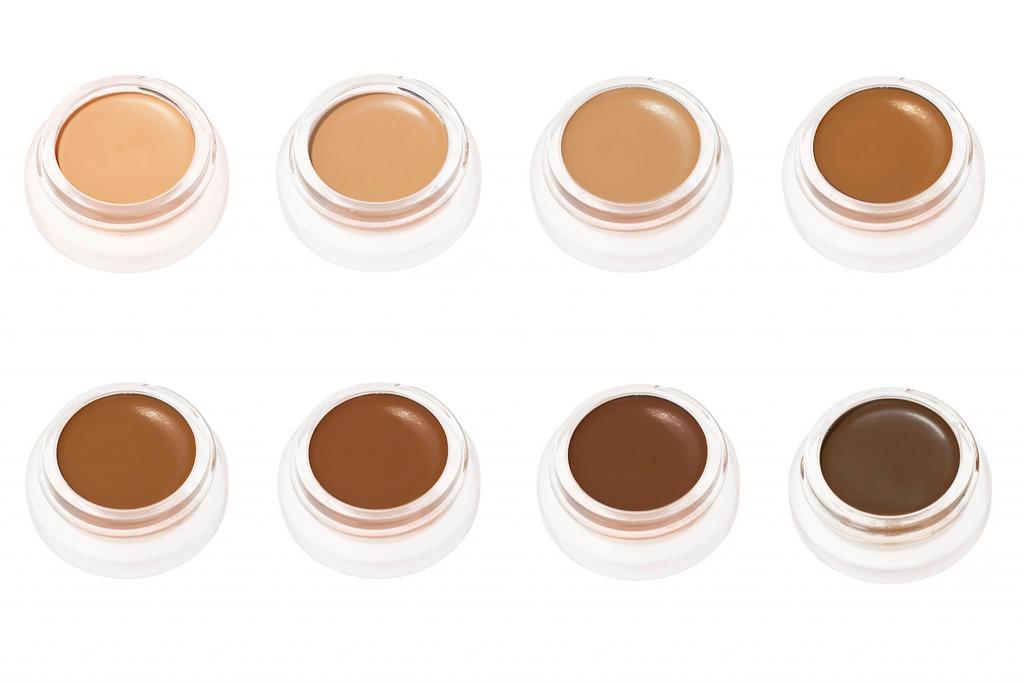
Brand: Plain Jane Beauty
Product: Crème Minerals Liquid Foundation ($40)
Number of shades: 17, soon to be 18
Founder: Lake Louise
Just having 40 shades could mean nothing. You could have 100 shades and still not match anybody. So, the number is irrelevant. Do those shades match people? Are there literally 40 unique skin tones? I would say no. I think 20 of those 40 shades actually match people. Sometimes offering 40 shades is nothing more than a marketing tactic, which can backfire when people don’t buy the darker shades because they still don’t match and, then, [brands and retailers] say, “See, nobody’s buying it. We tried.”
We have 17 shades and only one person has had trouble finding a match, which is why we’re creating an 18th that’s super dark and deep. We’ve always been focused on creating shades for both dark and light skin tones and, because we were able to start with small quantities, I got to experiment and mix and match with the lab I was working with. I was fortunate in that way to not have to launch and roll out three and four thousand of each shade. For brands that don’t have access to make small batches, it can cost a lot of money to do that.
I’ve heard so many brands say that formulating for darker skin tones is so hard. And, when I see that, I’m completely baffled because it’s not. I’m not even a chemist. I’m just sitting there mixing colors and doing it. Now, you have to be interested in doing it. You have to want to do it.
For us, being inclusive also comes down to education. So many women think that they need a full-coverage foundation. In the clean and green beauty space, you’re getting that coverage from titanium dioxide, which is what blocks anything underneath it so you can’t see anything. But it’s a very white-based ingredient, which can make dark brown skin look gray and ashy. Our Crème Minerals Liquid Foundations are formulated to be light to medium coverage, so they don’t do that. The reason people want full coverage is cover something up, so really emphasize using color correction first to neutralize that dark spot or acne or redness. Then, you put on your foundation, and it’s done. You don’t need this heavy full coverage.
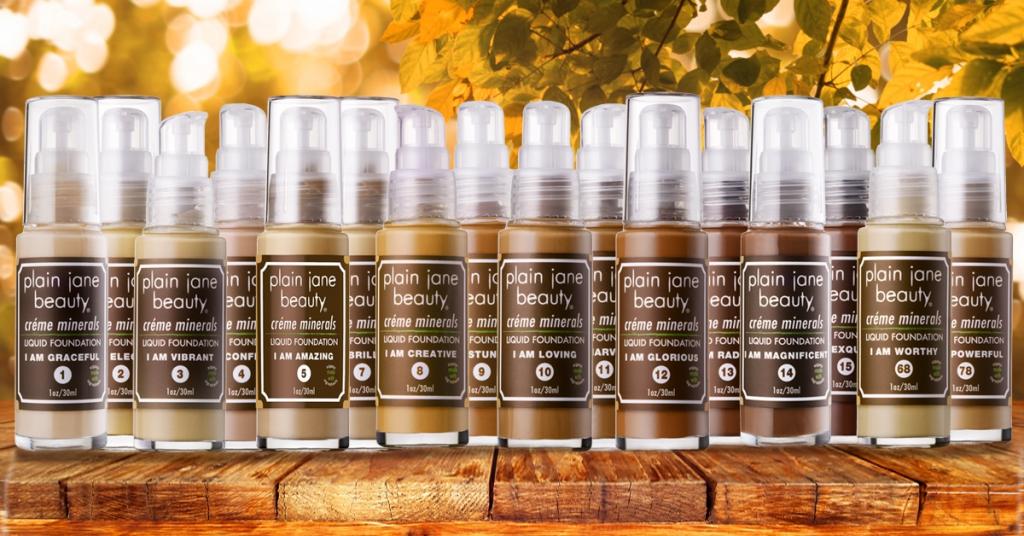
Brand: BelleRadiance
Product: BelleRadiance AquaMat Foundation (€24)
Number of shades: 15
Founder: Aïmara Coupet
BelleRadiance AquaMat Foundation offers 15 shades as of today. It is a light-to-medium coverage, and the range is balanced to cover from light to dark skin tones. I have made some choices to take those 15 shades out first, and I will probably bring another three to five shades next year to complete the rainbow, not more. I want to keep it simple. I have tested the range a lot to make sure I was covering a very large array of tones. Complexion is my expertise, and I work on my shades to bring radiance to the skin and to better adapt from one skin to another. What I want is to bring a healthy look to the skin not masking it with heaviness.
I think inclusivity is a commitment, a state of mind. It’s not about a number of foundation shades. It means that, when developing a new product and a new range no matter what it is, the brand is taking everybody into consideration. Everyone should feel represented, even if it’s not possible to please everybody.
We need to push further into the makeup expertise and propose ranges that are adapting to those different needs. We need to stop copying and pasting, and try to create [and] to innovate to better serve inclusivity. If we continue to take it only on a shade-extension standpoint, we are not going into the right direction. Inclusivity is not just a beige++ thing.
It’s getting more and more complicated to find a shade and navigate through the complexion category. With different definitions of undertone from one brand to another and, in some cases, very similar shades close to each other in the same range, we are sometimes getting lost. If dark skins are better served in those large ranges, beiges are most of the time over represented. Also, when it comes to dealing with retailers, carrying 40-plus shades in all foundations can also become difficult to manage. Slow movers and building inventory are problematic for most makeup brands, and shelf space is not extensive at points of sales. Fenty Beauty has gotten all the space it needed at Sephora as an exclusive brand, but how about all the others? Could they succeed in getting 40 to 50 SKUs listed and more space to merchandise them?
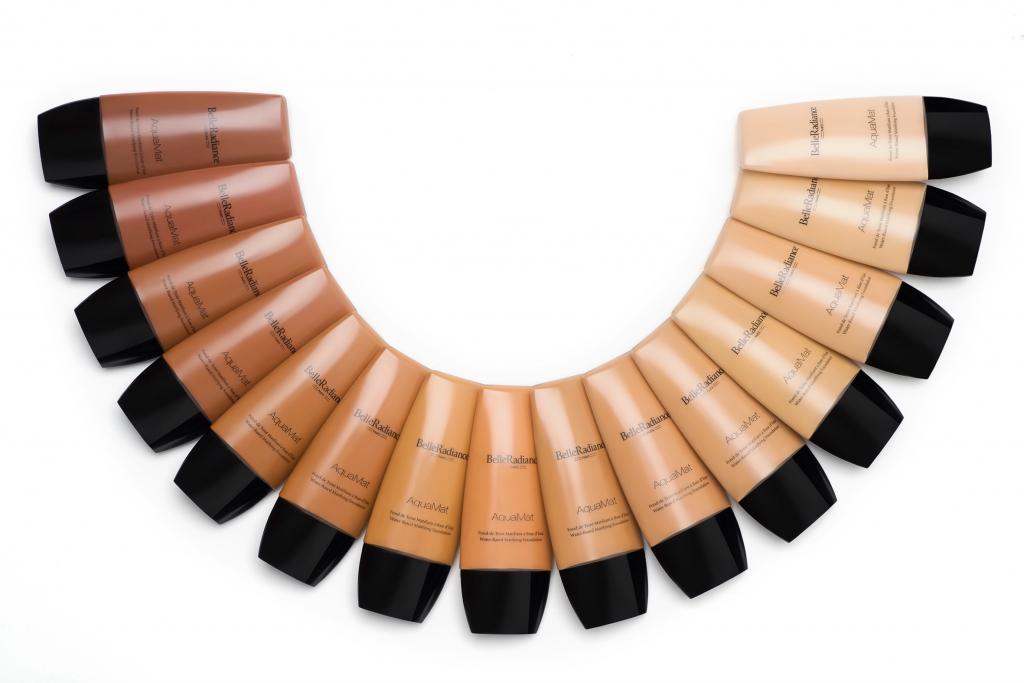
Brand: Kosås
Product: Tinted Face Oil ($42)
Number of shades: 10
Founder: Sheena Yaitanes
Our goal at Kosås is to create new formulas that complement the skin, and to only offer colors that sing on any skin tone and also happen to be nontoxic and good for you. Inclusivity of all skin tones, types and ages is incredibly important as we believe in creating makeup for everyone. If one’s formula needs to have multiple shades and/or variations to provide an option for every different skin type, then it’s necessary. But, ultimately, it depends on the formula. Kosås Tinted Face Oil is a medium-coverage, lightweight formula made from mineral pigments and botanical oils. We specifically formulated the shades to work with your skin and have your existing tone come through. One shade can work across three different tones, making it wearable for over 30 different skin types.
You can only have a narrow shade range, however, if the formula is sheer enough where it doesn’t need to be an exact match. Additionally, it’s really important to make clear choices about undertone. To be truly inclusive, a creator needs to really understand undertone, and the subtle ways in which that varies in light, medium and dark skin tones.
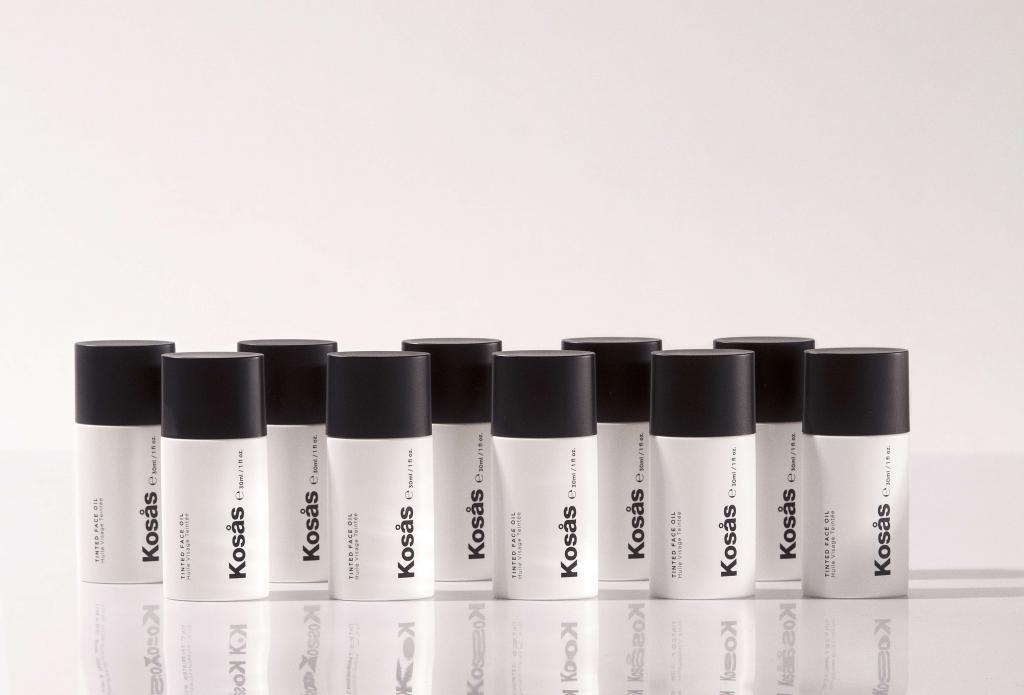
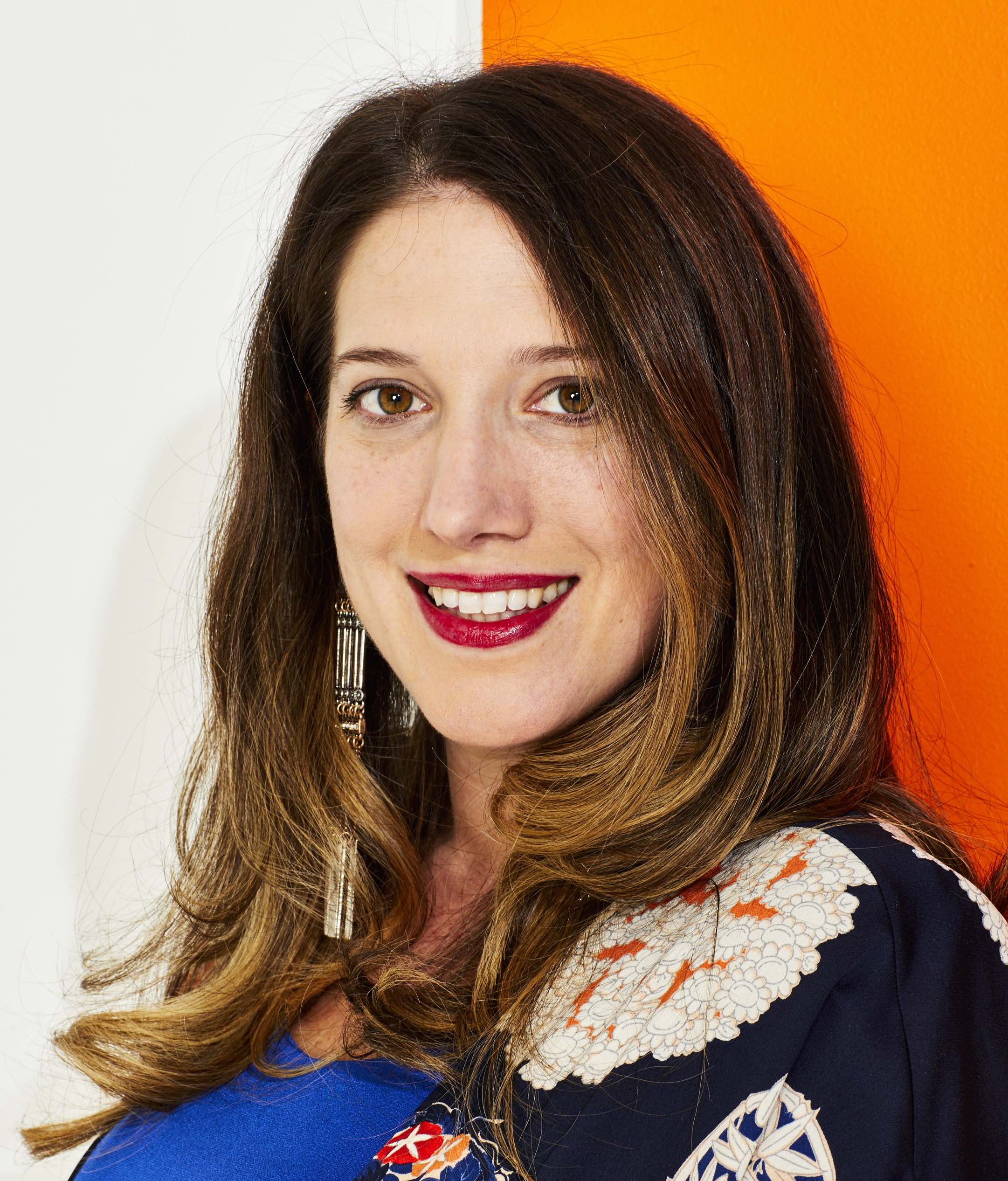



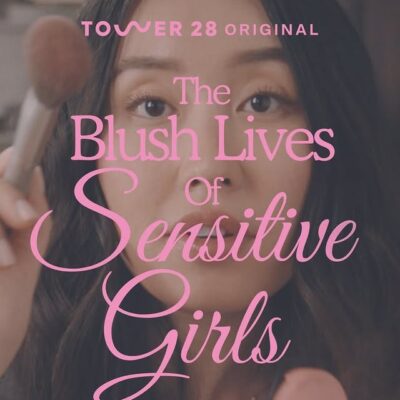
Leave a Reply
You must be logged in to post a comment.